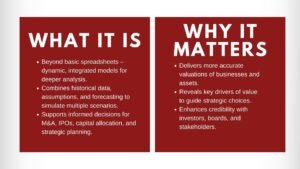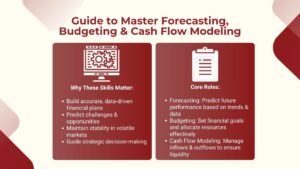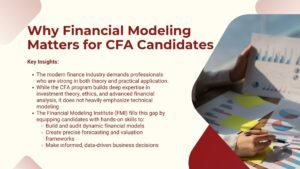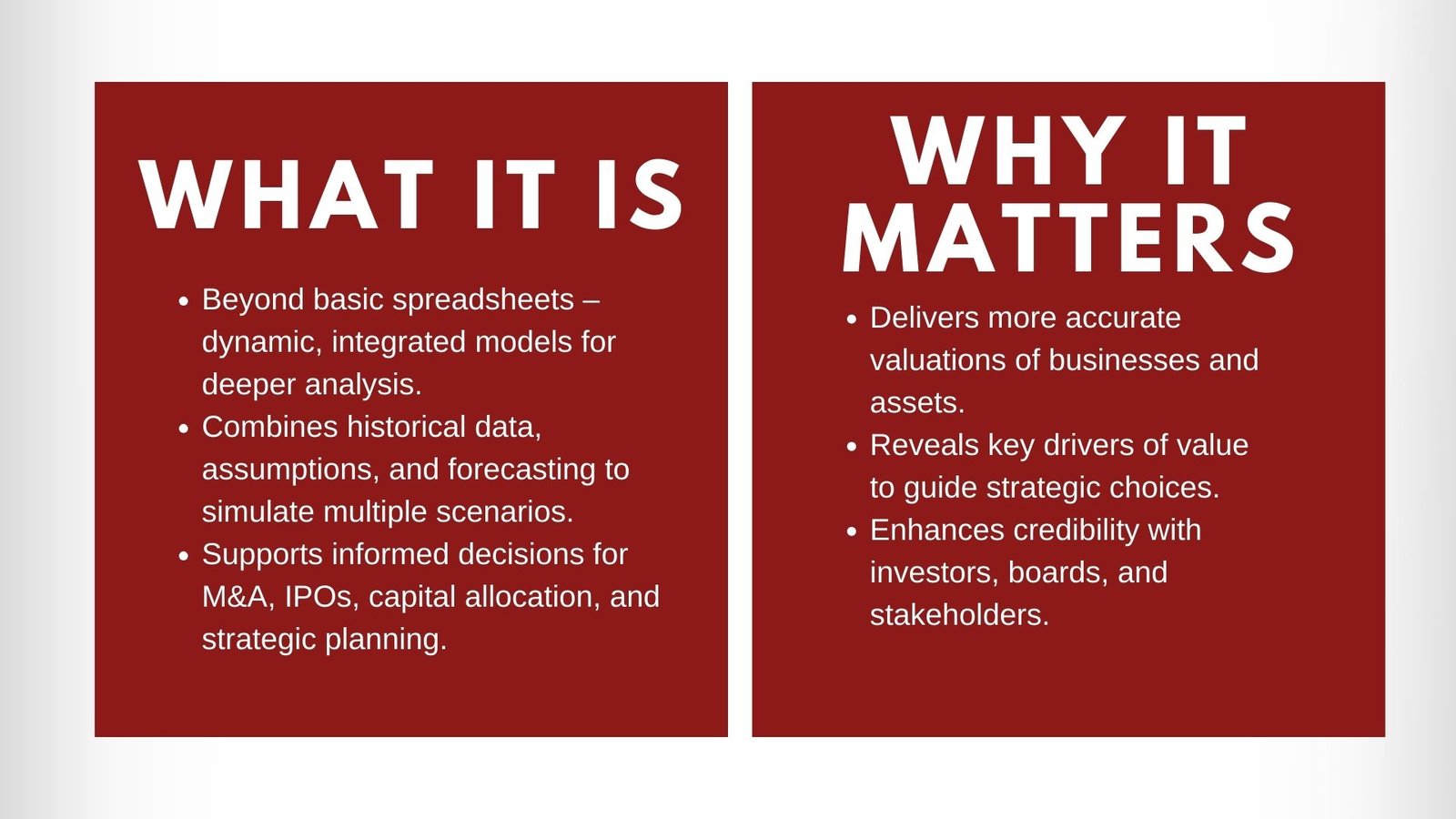
Financial Modeling and Valuation Training for Professionals
Guide to Financial Modeling and Valuation Training for Professionals
Incorporating both technical accuracy and foresight, advanced financial modeling and valuation are on the high end of financial methods of analysis and exceedingly complex to address solely by corporate finance. Such techniques extend beyond simple spreadsheet-based forecasting to include integrated models which can simulate a range of scenarios, assess complex capital structures, and forecast long term company performance in a range of economic scenarios. To financial analysts, investment bankers, equity researchers and corporate finance specialists, it is necessary to master these more sophisticated techniques to be able to make informed investment decisions, advise mergers and acquisitions, evaluate strategic projects and report results to interested parties.
Financial modeling does not only imply detailed spreadsheet construction but also implies the construction of dynamic, logically-based, assumption-driven models that capture the financial reality of a business or project. Valuation, however, is thrust to establish fair economic value of an asset or a firm, depending on various methodologies to be adaptable in the particular situation. Incorporation of better modeling and valuation techniques enables professionals to make more accurate decisions, perceive the factors that make business valuable, and explain findings in a way that can assist making decisions.
Core Principles of Advanced Financial Modeling
Advanced financial modeling for professionals is all about the art of combining historical facts and trends and forecasts, to create a comprehensive structure capable of supplying precise, credible, and realistic results. The professionals involved in the work at this level are expected to possess profound knowledge of financial statements and accounting standards as well as industry-specific indicators. The model should be sufficiently detailed to reflect the peculiarities of operations but should be adjustable as to reflect novel data, or strategic directions.
Scenario analysis is one of the characteristics of advanced modeling. It entails construction of various cases (usually base, optimistic and pessimistic) centered on various revenue growth assumptions, fluctuation in cost revenue, capital expenditures and market conditions. Sensitivity analysis can then be used to assess the impact of small departures in the key variables in the valuation of the output, which would give the stakeholders an idea of how sensitive the business value can be to each assumption made.
The other principle is integration. A modern model has a tendency to link income statements, balance sheets, and cash flow statements in a way that any adjustments in one place are reflected in all other statements automatically. This provides internal consistency and enables proper planning of cash flow forecasting, repayment of debts and allocation of capital. It is also essential that professionals insert industry-specific KPIs and non-financial metrics like customer churn rates in a subscription-based business or same-store sales of a retailing operation to increase the accuracy of predictive capabilities of the model.
Key Valuation Methods at an Advanced Level
More advanced valuation methods tend to combine all three major methods-income, market, and asset-based-and consider adjustments of more complex variables such as control premiums, minority discounts, and contribution of intangible assets. The income method which usually involves discounted cash flow (DCF) methodology is still one of the pillars of valuation. DCF models, in an advanced context should be able to include multi-stage growth rates, controller of terminal value and inflation adjusted cash flows. Risk profiles may also vary on different periods or in different segments of the business, and analysts should gainfully vary the discount rates in each case.
The market solution acquires a higher sophistication when it is a matter of choosing and modifying similar companies or previous transactions. Advanced practitioners do not just use direct peer comparisons, and instead normalize data to the differences in accounting policy, capital structures, and geographic risk. They also make corrections on the market conditions during the deal time as compared to the current prevailing market sentiment to take their place in the case of precedent transaction analysis.
Although asset-based approach is not typically stressed as much on an ongoing business, the approach may prove crucial in distressed or liquidation situations. More sophisticated treatments in this case include the revaluation of intangible assets like intellectual properties, brand equity or proprietary technology- this takes the expertise of the valuation of intellectual property and the relevant accounting guidelines like IFRS or US GAAP to determine the appropriate value.
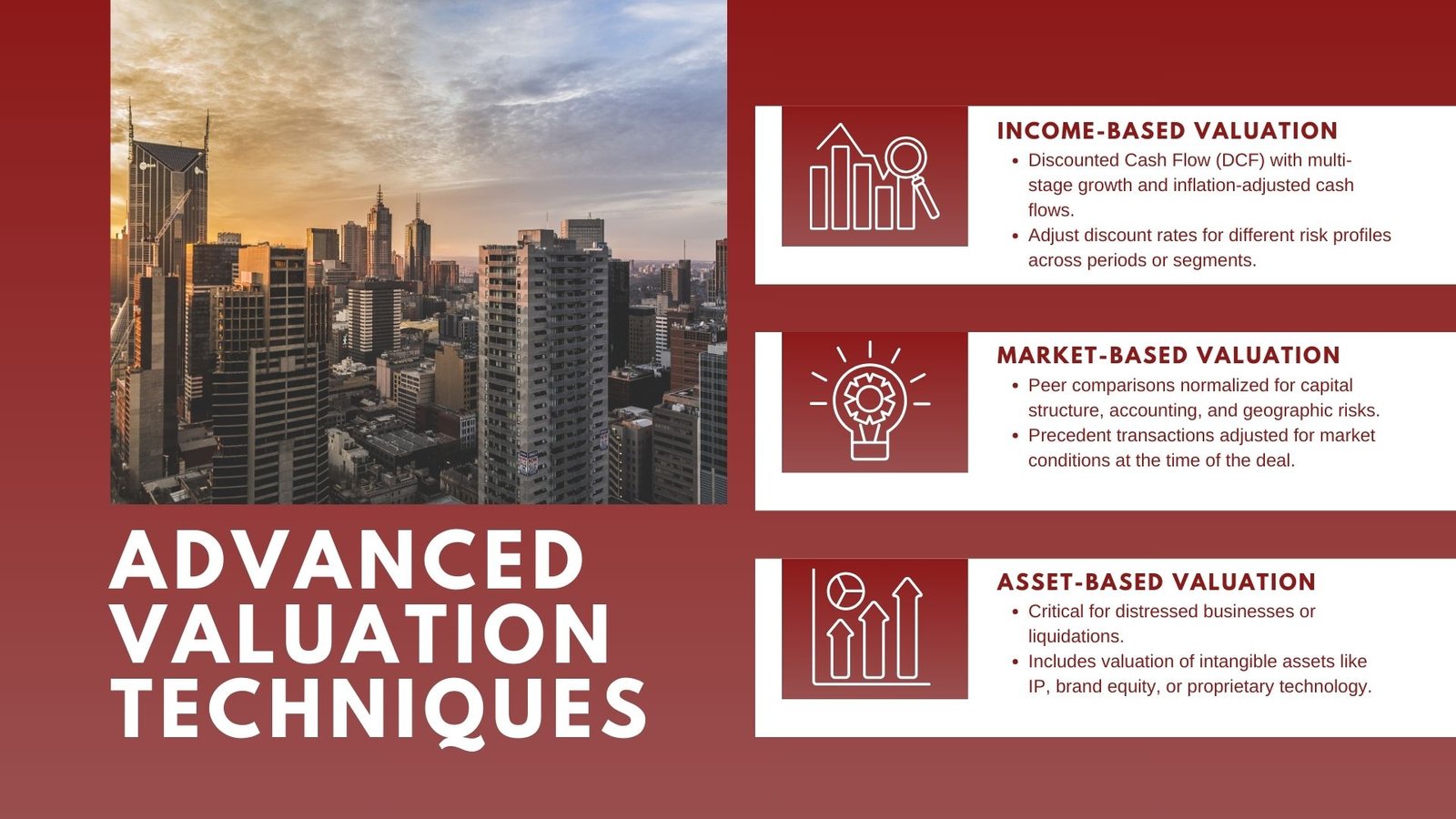
The Role of Technology in Modern Financial Modeling
Technology has transformed advanced financial modeling from static spreadsheets to technology technology has revolutionized the use of cutting-edge financial modeling systems, bringing about dynamic systems that are cloud-based and built on real-time data feeds, reporting automation, and machine learning. Financial software can do multifaceted scenario simulations in a few seconds, can interface directly with ERP systems, and fetch real-time market-data to update valuation.
The most popular platform is Excel, which is complemented by the advanced practitioners with VBA programming, Power Query, and Power Pivot on data management and automation. Also, it has advanced tools such as Python, R, and specialized financial modeling tools that make more complex statistical analysis, Monte Carlo simulations, and regression modeling possible. This integration of technologies enables finance models to be transformed into future-oriented machines of decision making.
Machine learning could be used to detect patterns in the past that could be used to make future revenue projections or price behavior, and using AI-based valuation at the time of trending market sentiments a model could self adjust the assumptions on prices. Such innovations are not a substitute to human judgment but can augment its capability as they do offer a deeper insight into the information with a quicker processing option.
Strategic Applications in Corporate and Investment Contexts
In higher stakes corporate finances, actions of mergers and acquisitions, leveraged buyout, preparation of IPOs and capital investments that are at enormous levels, advanced forms of financial modeling and valuation come essential. In M&A (to say nothing of others), the quality of valuation of a target company directly relates to negotiation power, the price of the deal, and post-acquisition integration strategy. A sophisticated model will have the ability to model many types of deals, indicating the effect various financing or integration choices would have on shareholder value.
Advanced modeling in private equity aids in assessing the portfolio firms and the way out alongside maintaining the consistency between the outcome of investment decisions and the anticipated IRRs of risk neutral returns. Among publicly traded companies, proper valuation assists in determining investor relations messages, share repurchases or capital deployment priorities.
In terms of corporate strategy, long term projects, new markets, or product launches may be evaluated with the help of advanced models. The integration of operational measures, competitive dynamics and macroeconomic projections in these models can offer an all round picture of the risks and the likely returns allowing executives to make decisions that are fairly certain of its outcomes.
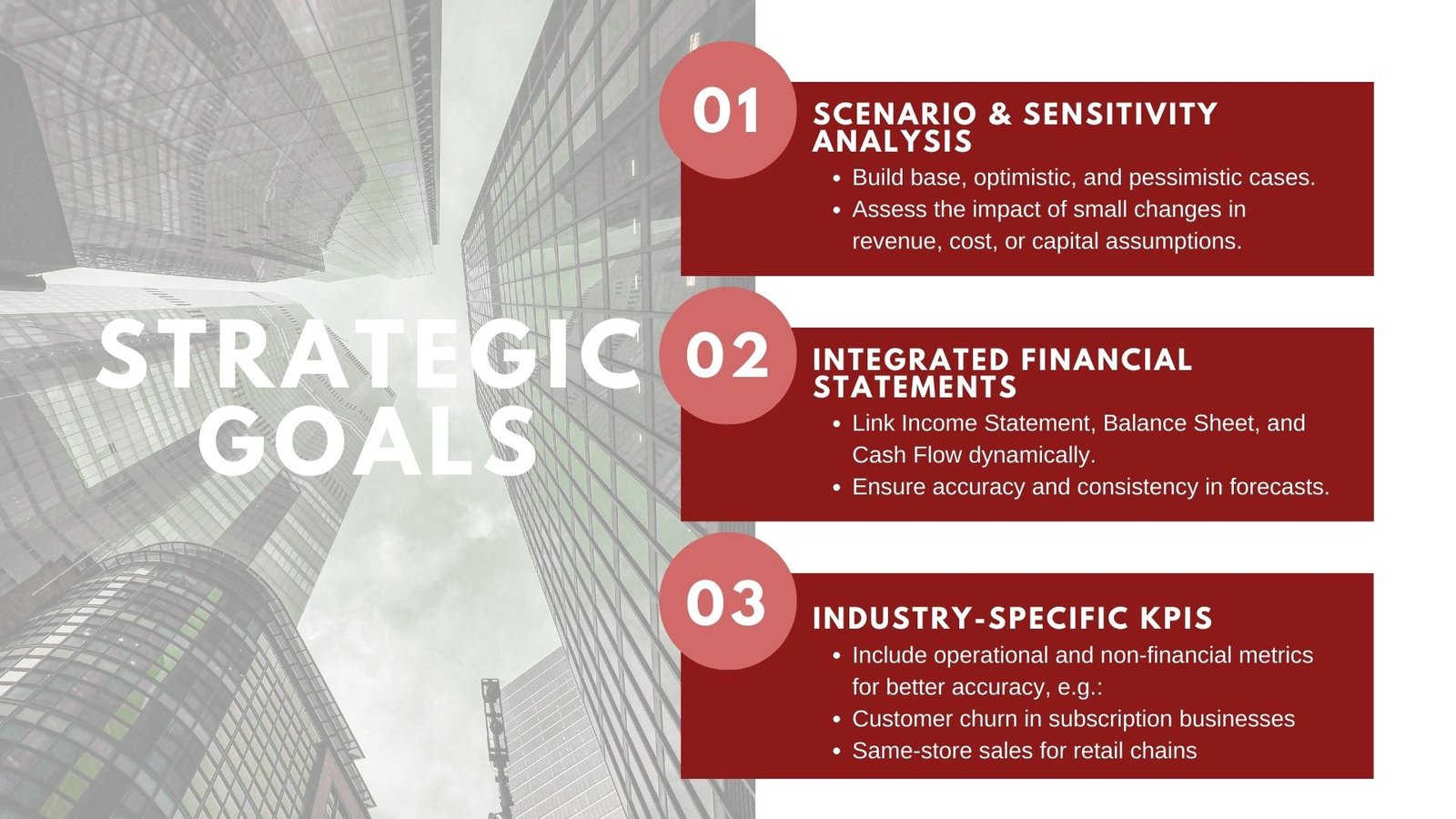
The Importance of Professional Expertise and Judgment
Although innovative modeling and valuation methods are largely based on technical competencies and the use of technology, professional judgment cannot be substituted. The assumptions in any model define the quality of the model and since these assumptions are critical, it can only be determined by having the detailed knowledge in business, industry and the economy. The professionals have to subjectively evaluate the realism of projections and relevancy of discounting rates indicating risk as well as the plausibility of valuation adjustments as compared to the data provided by the marketplace. Enrolling in Financial modeling and valuation training Singapore can help professionals strengthen these essential skills.
In addition, there should be the ability to communicate as much as technical know-how. An effective model would be useful when decision-makers can interpret the outcome and what it means. This implies that the analysts should be capable of communicating the results in an efficient way with a strong supporting argument, emphasizing on the key motives of value and the possible effect of various situational strategies.
State-of-the-art financial modeling and valuation is not a stationary field. The state of the market, the accounting standards, and the industry dynamics keep changing all the time so that professionals need to be updated and flexible. Constant learning, along with a sense of accuracy and transparency, should enable such techniques to continue being a formidable source of value generating and value protection means in any business environment.

Conclusion
Cutting edge financial modeling and valuation are where high level corporate finance decision making is keyed. They are analytical numerical as well as a strategic approach that helps professionals to assess opportunities, analyze risks and direct organizations in the direction of value generation. With a firm grasp of the concepts of integration, scenario planning and methodological rigour coupled with the adoption of contemporary technology and still retaining the hallmark of good professional judgment a professional in finance can provide meaningful analysis that can indeed guide and also contribute towards the strategic source of a business.
These techniques are as essential today as in the contemporary and volatile financial world where organizations accustomed to these techniques rely on them in such application areas as to an acquisition, capital project, investment decision or corporate restructuring.



